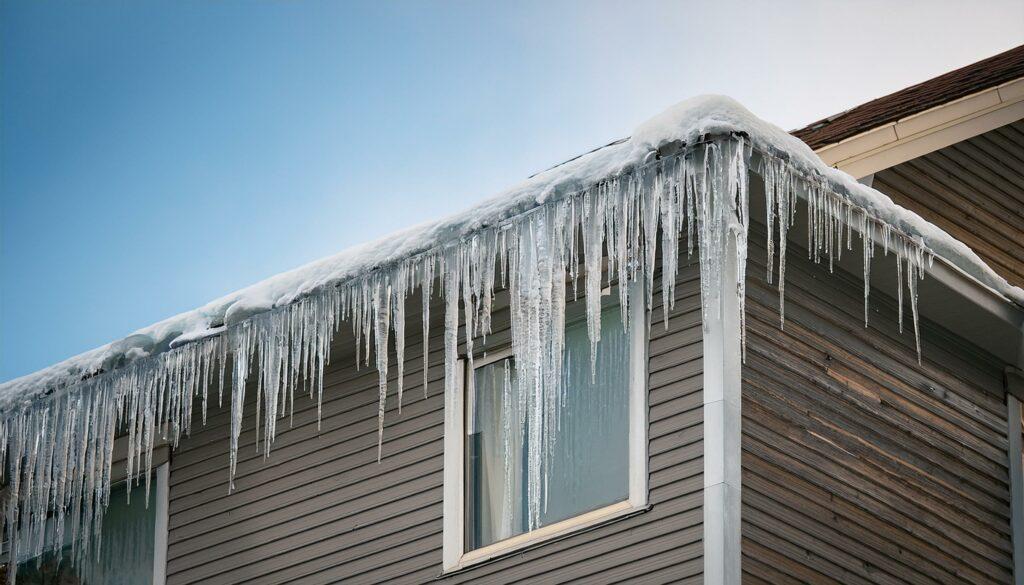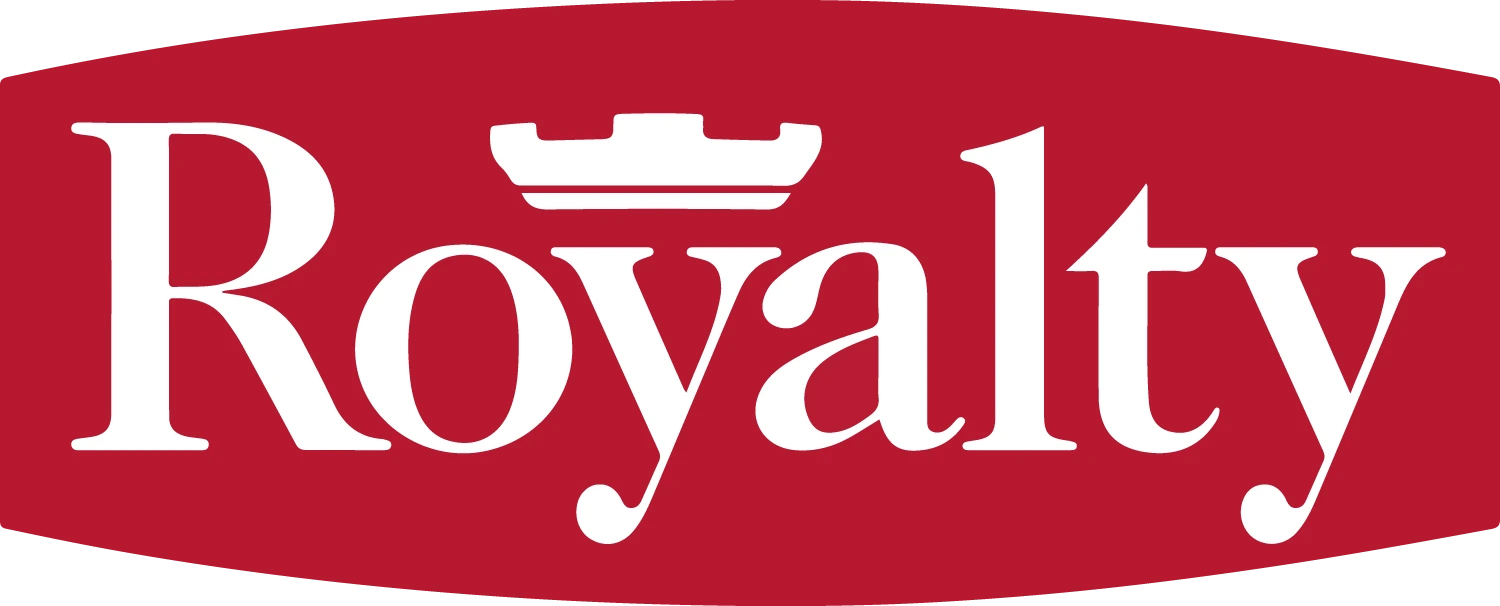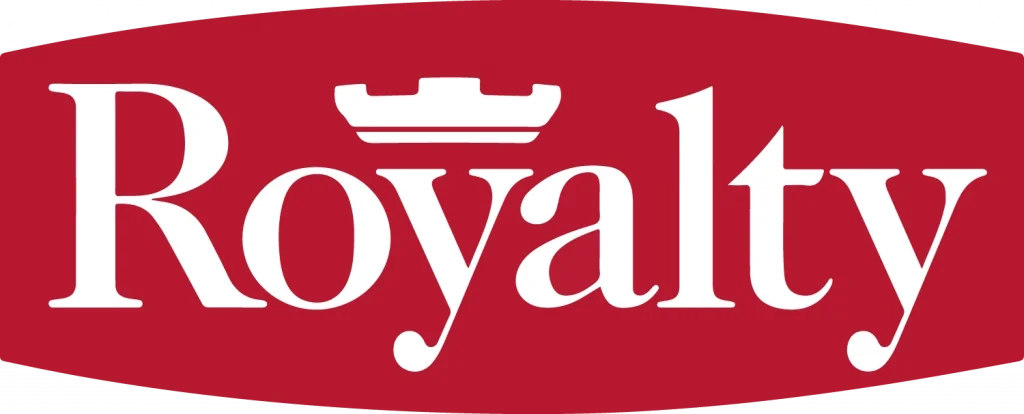How to Spot Winter Damage on Your Roof Before It Becomes a Problem

Winter can be tough on your roof, especially if you have a shingle roof. Snow, ice, heavy winds, and freezing temperatures can cause damage that may not be immediately visible but can lead to costly repairs if left unchecked. As spring approaches, it’s important to inspect your roof for any winter-related damage before small issues turn into major problems. Here’s what to look for:
1. Missing or Damaged Shingles
Winter storms and freezing temperatures can loosen or break shingles, leaving your roof vulnerable to leaks. Look for shingles that are curled, cracked, or missing. If you see bald spots where granules have worn off, this indicates that the shingles are aging or have been damaged by harsh winter weather. Loose or lifted shingles can also be a problem, as they can easily be blown away by strong spring winds. If you notice any of these issues, repairs should be made promptly to prevent water damage.
2. Ice Dam Damage
Ice dams form when melting snow refreezes at the roof’s edge, preventing proper drainage. When water backs up behind an ice dam, it can seep under the shingles and into your attic, causing leaks and potential mold growth. The added weight of ice dams can also damage gutters and roof edges. If you experienced ice dams during the winter, check your attic and ceilings for water stains or damp insulation. To prevent future ice dams, ensure that your attic is well-insulated and ventilated.
3. Gutter and Downspout Issues
Your gutters play a crucial role in directing water away from your home, but winter conditions can cause clogs and structural damage. Cracks or separations in the gutter system can lead to leaks, allowing water to pool near your home’s foundation. Debris buildup, including leaves and ice, can also cause blockages, preventing proper drainage. Additionally, sagging or bent sections of the gutter may indicate that heavy snow and ice have taken a toll. Regularly cleaning and inspecting your gutters can help keep them functioning properly.
4. Flashing and Sealant Cracks
Flashing is the metal material around chimneys, vents, and skylights that helps prevent leaks. Over time, freezing and thawing cycles can cause flashing to loosen or crack, creating gaps where water can seep in. Check for separation around flashing points and look for any cracked or deteriorated sealant around vents and chimneys. Rust or corrosion on metal flashing can also be a warning sign of potential leaks. Addressing these issues early can save you from costly water damage inside your home.
5. Attic Moisture and Insulation Problems
Your attic can reveal a lot about the condition of your roof. If you notice damp insulation, it may be a sign of a leak or poor ventilation. Water stains or mold growth on the underside of the roof indicate excessive moisture, which can weaken the structure over time. Condensation inside the attic often results from inadequate ventilation, which can cause temperature fluctuations that lead to ice dam formation and other roofing issues. Proper attic ventilation and insulation can extend the life of your roof and reduce future winter damage.
When to Call a Professional
While some minor issues can be addressed with DIY maintenance, it’s best to call a roofing professional if you notice significant damage. If multiple shingles are missing or damaged, persistent leaks appear inside your home, or your roof or gutters show signs of structural damage, professional help is needed. A professional inspection can catch hidden problems and help you plan for necessary repairs before they get worse.
Winter can take a toll on your shingle roof, but early detection and maintenance can prevent expensive repairs down the road. By checking for these common signs of damage and addressing issues quickly, you can keep your roof in top shape and protect your home for seasons to come. Need a professional roof inspection? Contact us today to schedule an appointment and ensure your roof is ready for spring!

